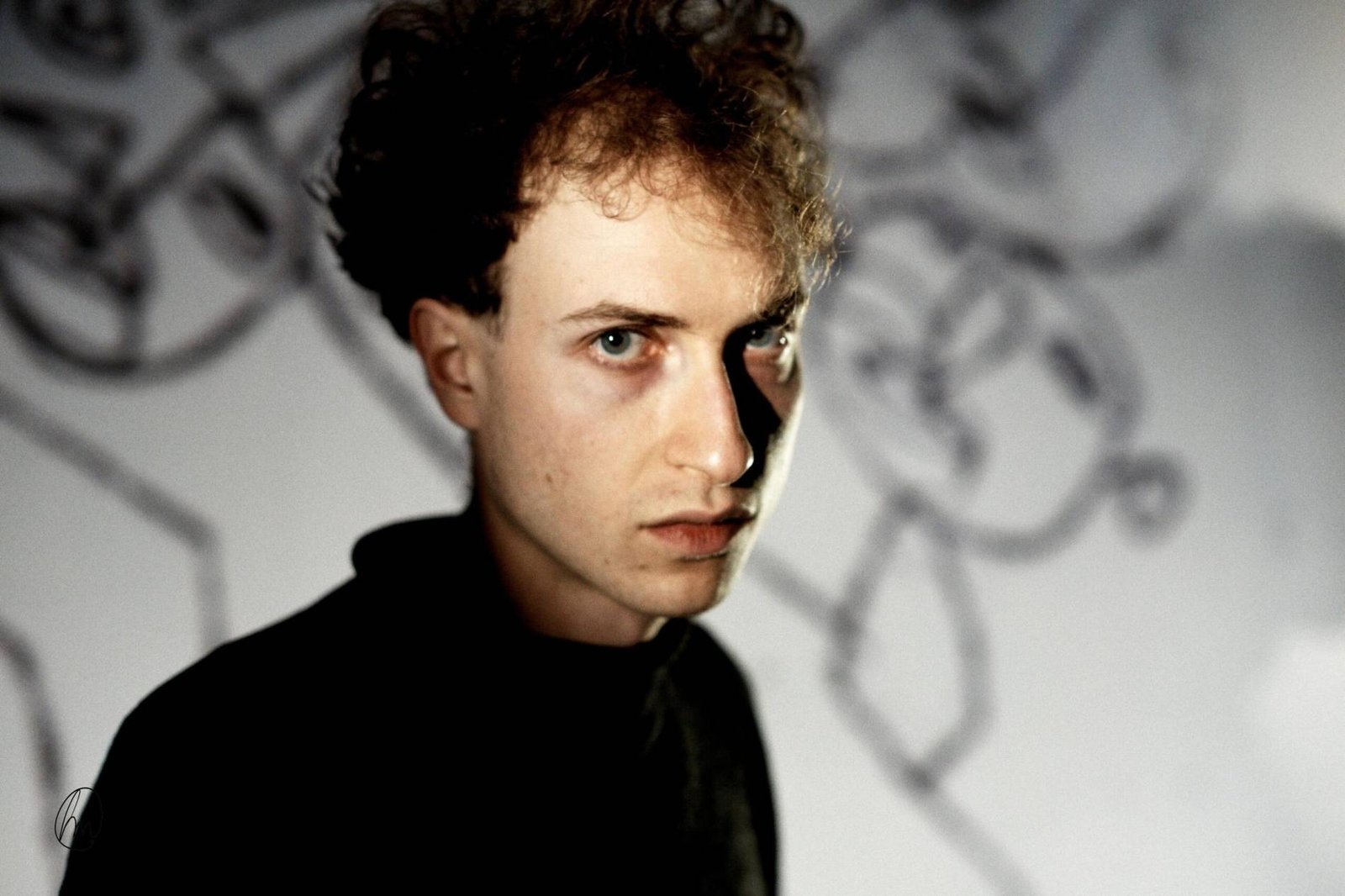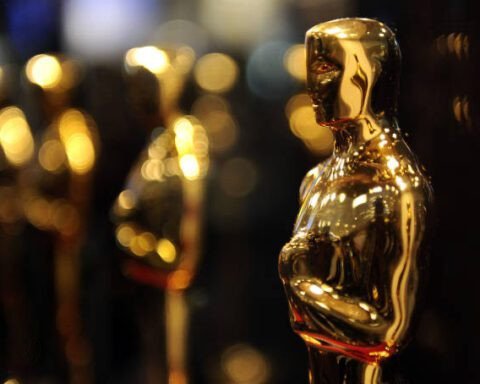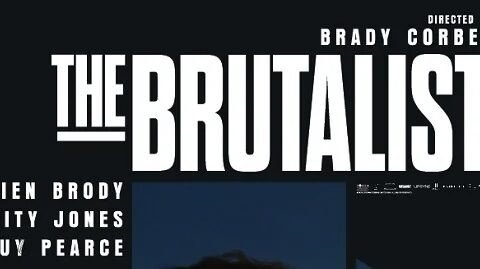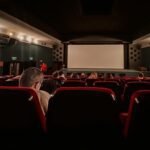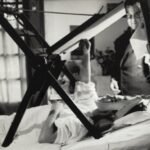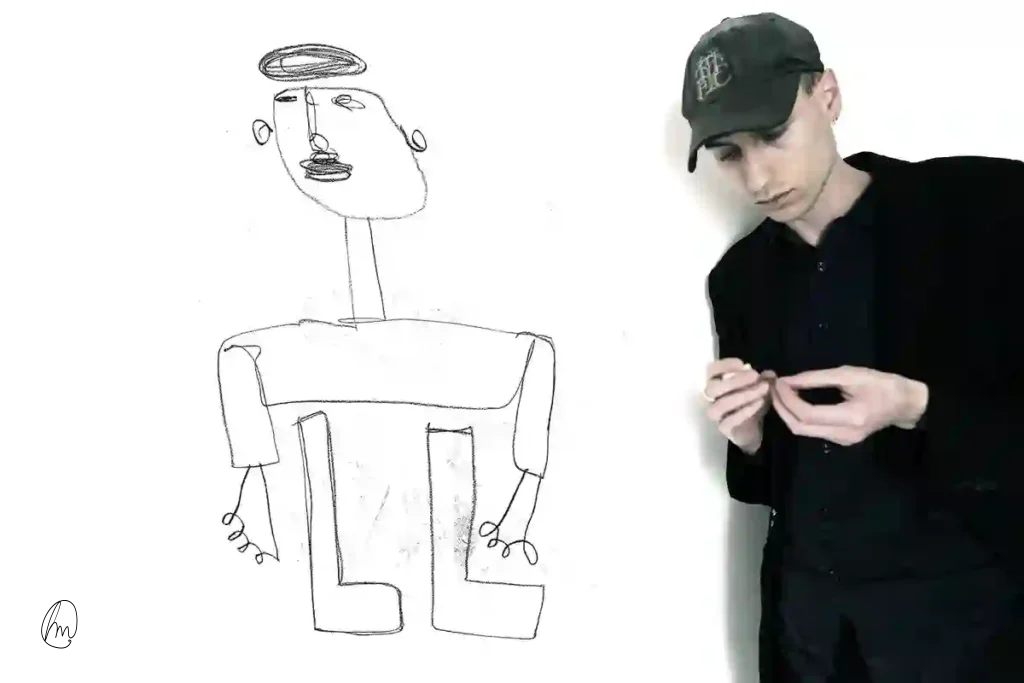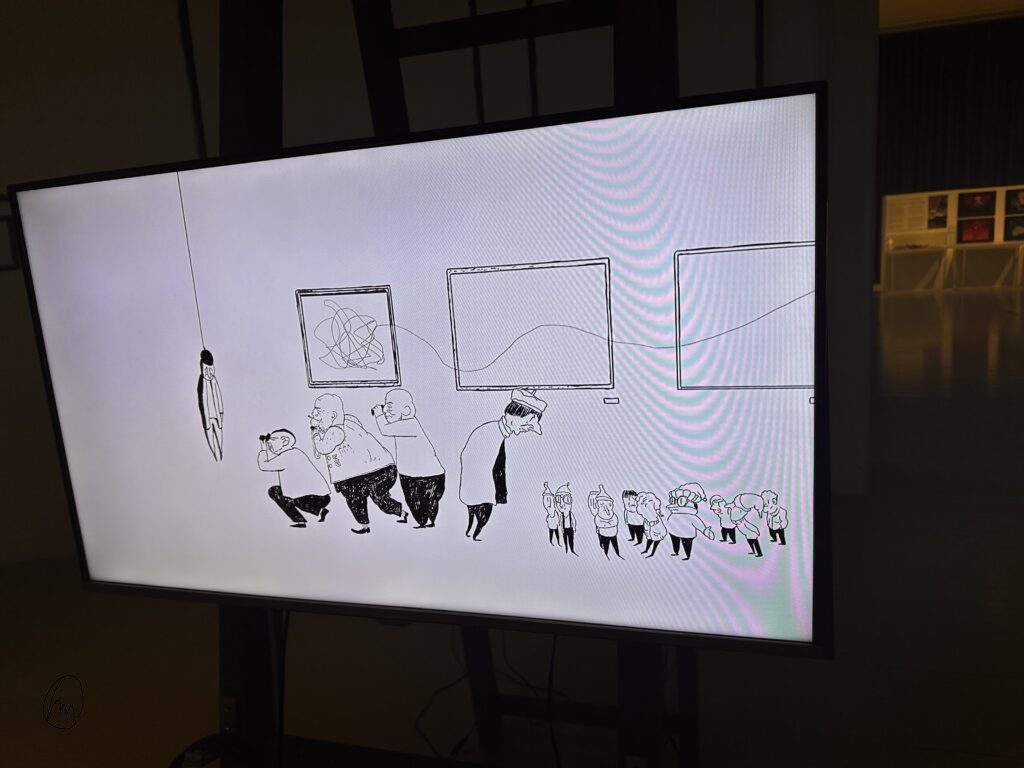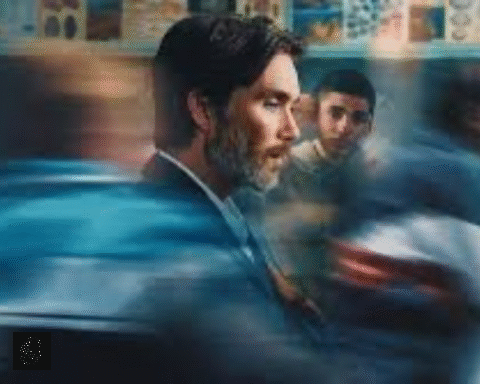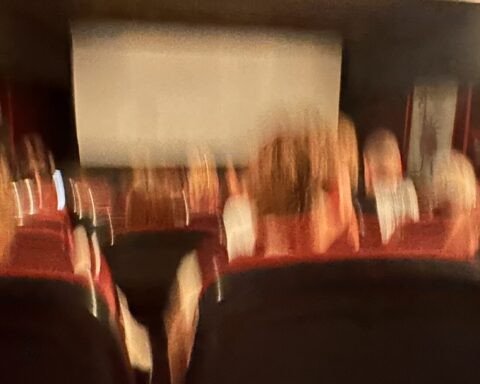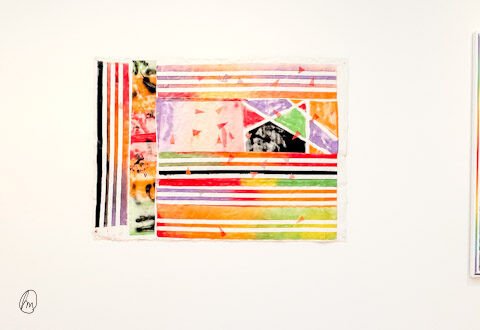It’s impossible to overlook the 35-year-old British musician-artist Daniel Blumberg, who composed the score for The Brutalist. His creative process was significant and intriguing for several reasons—one being that he actively composed parts of the film’s music in Budapest, shaping and refining it while the crew was shooting in Hungary. These compositions are fundamental elements of the film, providing the emotional and intellectual depth that makes a movie truly impactful. A sonic language that resonates with the core memory of emotions embedded in our DNA. The kind of music that feels destined for an Oscar.
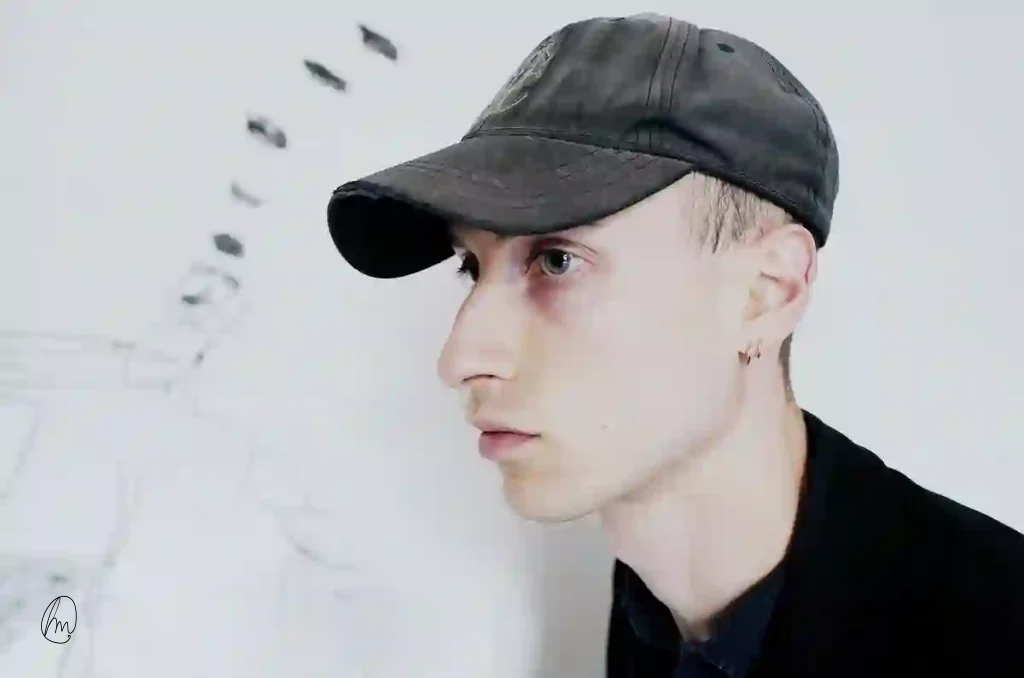
Blumberg’s score is unconventional in many ways—just like the film’s cinematography, which Heti Mocsok previously covered in an earlier article. However, this was not a studio-produced, polished, or sterile soundtrack but rather an organic, on-site creation finished in studio work.
The Invitation to Score Brutalist
Daniel Blumberg has a close friendship with the film’s director, Brady Corbet, and credits their shared literary, musical, and cinematic taste for their instant artistic connection. This profound, almost nonverbal understanding was essential to the methodology that led to the film’s entire musical composition.
Trust: A Shared Artistic Vision
Blumberg became familiar with the script early in production but then relied solely on artistic intuition, supplemented by research into brutalist architecture. He immersed himself in the creative process on set when needed, closely observing the director’s instructions, which inspired his work in crafting the sonic atmosphere—allowing him to become one with the movie. He read the script a second time in Budapest.
The 15-month-long daily creative process and all-consuming financial investment resulted in a 100-minute musical work that had to be trimmed down to 80 minutes. Blumberg handpicked musicians from around the world, including some from London’s Oto Cafe, his frequent creative hub. The main criteria for selection? Impeccable jazz musicianship and an intelligence for improvisation. Many of these musicians had already played together in various ensembles, ensuring a natural click.
Capturing the Energy of a “Jazz Club” Scene
One of the most striking aspects of the score was its live-recorded authenticity. The “Jazz Club” track was recorded on location, where Corbet envisioned a raw, period-accurate party atmosphere. The goal was to recreate not only the 1940s but also the musical energy of the 1950s—a setting where the party intensifies, and drugs are consumed in enormous quantities. To achieve this through music required the excellence of abstract improvisational jazz.
• The pianist deliberately disrupted the rhythm, throwing musicians off balance.
• The wind instruments symbolized exhaustion, gradually pushing the music from intoxicated ecstasy to dizzying disorientation.
Understanding these details makes the full album even more brilliant. The way the music seamlessly integrates with the film, constructed like a puzzle, showcases the intensive year-long artistic immersion that went into the project.
“Overture”: A Haunting Opening
The opening track, “Overture”, accompanies the film’s initial images, depicting László’s journey on a ship, leaving behind the horrors of the Holocaust. The wind instruments weave a breeze of hope into the listener.
What makes this sequence particularly fascinating is the filmmaking approach: the 10-minute piece dictated the entire scene’s rhythm. The cinematographer and actors had to adapt to the already-finished demo. Speakers placed inside the ship played the score in real time, guiding the handheld camera movements and the actors’ performances. Later, in the studio, this synchronized audio-visual foundation was fine-tuned, ensuring that viewers would be fully immersed in the final cinematic experience.
John Tilbury’s Piano Recordings at Home
One of England’s most distinguished improvisational pianists, John Tilbury, recorded his solo piano parts at home in an intimate and carefully crafted setting. Two microphones were positioned for the piano, with an additional one directed at Tilbury himself. To capture the room’s natural acoustics, two more microphones were placed in opposite corners. The recording preserved delicate, atmospheric details—the soft scratching of Tilbury’s pencil on sheet music, and even the faint sound of birds’ footsteps tapping against the tin roof of his so-called home studio. Blumberg granted complete creative freedom to his musical idol.
For the Audio Geeks
Blumberg recorded 90% of the film score using two Sonosax SX AD8+ devices and Neumann U89 microphones, commonly used in classical music to ensure exceptional sound clarity. Beyond their superior audio quality, these devices are also lightweight, portable, and battery-powered—making them ideal for on-the-go recording.
“Marble”: The Echoes of an Italian Quarry
One of the most astonishing technical feats was the creation of the track Marble, which features an authentic echo effect—not generated by software plugins, but recorded on location. To achieve this, Blumberg traveled to the Carrara marble quarries, where he studied impulse response—the way solid marble slabs reflect sound. There, he captured the reverberation of a gunshot, later digitally processing it to replace the sharp crack of the gunshot with a saxophone performance. Using an algorithm, he replicated the quarry’s natural acoustics, allowing the music to echo as if played within the marble cavern itself—a breathtaking fusion of sound and space.
In other words, when you listen to “Marble”, you are experiencing the actual sonic environment of the Carrara quarry—as if a jazz saxophonist were playing live inside those stone walls.
Epilogue (Venice): A Sonic Shift
To mirror the cinematographic transition, the film’s final scenes required a shift from live analog music to 1980s synthpop. This was achieved by digitally transforming the analog recordings.
Outro – A Testament to Musical Diversity
The final touches to the soundtrack were recorded across multiple locations, each adding a distinct sonic layer to the composition. Sophie Agnel’s piano resonated from studios in Marseille and Paris, while Swedish double bassist Joel Grip laid down his parts in Berlin. Meanwhile, Steve Noble, in a truly intimate and raw approach, recorded his drumming from the comfort of his own kitchen.
The entire composition was then masterfully mixed by Peter Walsh in England, ensuring that these scattered yet interconnected performances—spanning different cities and sonic landscapes—came together as a cohesive, immersive musical experience.
Bravo!
Source:
#DolbyCreatorTalks
Score presented by: Vienna Symphonic Library
Photo source:
Backseat Maffia
